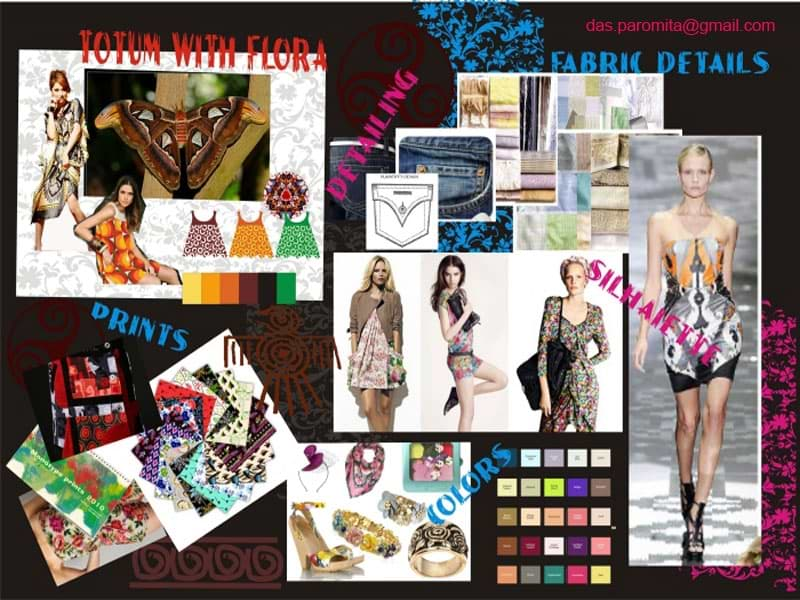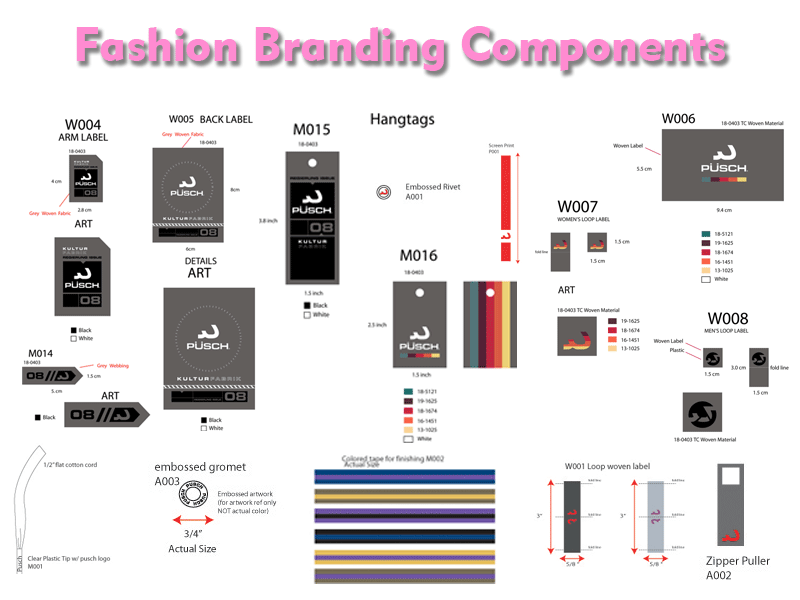The power of apparel design extends beyond aesthetics. Fashion is dynamic and is a blend of artistry and scientific strategy. And fashion is changing at a pace beyond the imagination. What we were thinking was impossible yesterday has now become the new normal. On top of it, technological development has made the fashion industry global. Trends in the USA spread over the world in days and sometimes instantly. This article delves into the fashion journey and its role in revamping brand identity. And the transformative journey of apparel design from creativity to strategic business consideration.

The Artistry of Apparel Design
Apparel design is a captivating intersection of art and craftsmanship. A combination where garments transcend mere functionality to become a canvas of creative expression. Apparel design explores creativity, inspiration, and their impact on the fashion landscape. Let’s explore creative intricacies in apparel design and their impact on the fashion industry.
Crafting a Visual Narrative
Apparel design serves as a visual language that communicates the brand’s story. Exploring artistry involves crafting designs that embody the brand’s identity. A unique essence evokes emotions, resonates with audiences, and builds a community of loyal customers.
Trend Exploration and Innovation
The artistic canvas of apparel design requires staying current with trends while pushing boundaries to bring fresh and innovative concepts to life. Fashion designers act as trend interpreters, infusing originality into their creations. They set the brand identity with their unique test and point of view. The brand’s uniqueness depends on how original and creative the fashion designer is.
Expressing Brand Values
This artistic expression fosters a strong connection between the brand and its consumers. Artists and designers express a brand’s values through color, patterns, and silhouettes in fashion, which becomes a canvas for expressing the brand identity and aesthetics. For example, geometric patterns are the identity of many brands like Rare Rabbit. Similarly, clean design and look represent Nike, and Adidas represents extreme sports.
Visionary in Art and Fashion
Some artistic work inspires every new invention. The famous art of Leonardo da Vinci gave birth to the idea of the Helicopter. Renowned designers like Alexander McQueen and Versace all take their inspiration from art. Some art form has always inspired every iconic design that became a trend.
The Science Behind Brand Revamp
The science behind brand building is market dynamics, consumer behaviors, and industry trends. Data-driven insights serve as the compass guiding strategic decisions during the rebranding process. Market analysis reveals opportunities and challenges. This allows brands to tailor their strategy to meet consumer expectations. Competitor analysis lets the brand know where to position itself. Incorporating sustainable practices aligns with the scientific emphasis on eco-conscious consumer preferences. It ensures a calculated and informed approach to fashion forecasts. A prediction that resonates with the target market and is resilient in the shifting trends.
Market Analysis and Consumer Insights
Today’s business is entirely scientific and data-driven. Through scientific data analysis, we understand the vacuum in the market. Accordingly, we design apparel based on market trends and consumer demand. Understanding market trends and preferences is crucial before a brand revamp. The scientific aspect entails data-driven analysis to identify market opportunities and gaps. Enhancing brand positioning and establishing a viable, accepted brand identity are the outcomes of this process.
Competitor Benchmarking
A scientific approach to brand revamping entails benchmarking against competitors. This helps you understand your league and benchmark yourself against competitors. By analyzing their moves and strategies, you can make your plans. Their strategies and market positioning provide valuable insight into what works, and you can plan your action accordingly.
Sustainable Practices
People have become conscious. Now, they have felt the urgency that the world must be saved and cared for. I am not trying to be skeptical, but this is a severe issue for all of us. In the modern fashion arena, sustainability practice is necessary. And the brands who are conscious and sensitive towards it are running ahead of others. Sustainability has become an integral part of a brand identity. Integrating organic materials and practices into apparel design and tech packs is mandatory. There is a demand for apparel design that aligns with consumer demand for eco-friendly and conscious products.
Harmonizing Art and Science in Apparel Design
Strategic Color and Material Selection
Both artistic and scientific perspectives are necessary when it comes to collection design. Colors, Fabrics, and other Materials are included in this selection process. The Intersection of arts and science is evident in the selection of color and materials. Technical fashion designers must know how to balance creative instinct and technical feasibility and give an artistic appeal with a practical approach to apparel production. Also, they should consider durability and market trends to stay ahead of others.
Cohesive Branding Elements
One crucial factor that makes a brand look rich is the branding elements. These are logos, labels, tags, packaging, etc. They must align with the apparel collection line sheet. Also, those materials should have some utility after removal from the outfit. Though few brands prioritize this, it significantly enhances brand recognition and recall. Logo size and placement are essential aspects of design. Brands should collaborate with tech pack designers when deciding on logo size and placement.
Consumer-Centric Design Thinking
Creative designers often focus on personal preferences. Yet consumer-centric design thinking is crucial for survival in the commercial fashion industry. Applying design thinking means cantering the process around the consumer. Here, the role of a tech pack designer is vital. A technical designer grasps design aesthetics, translating style into a commercially viable garment. Empathizing with the audience enables designers to craft apparel with a targeted approach and make visually appealing designs that meet functional and emotional needs.
Implementing Change and Evolving
Iterative Feedback Loops
Successful brand revamping is an iterative process. As a brand owner, you need customer feedback continuously. Feedback from both internal and external stakeholders facilitates continuous improvement. The products get refined, leading to improved apparel brand identity design.
Flexibility in Adaptation
The dynamic nature of fashion demands adaptability. Brands adapt to evolving trends and consumer expectations to stay relevant. This flexibility is a strategic aspect of apparel design’s art and science.
In the journey of apparel design, revamping brand identity is a harmonious dance between the arts and science. To be successful, you need both creative expression and strategic insights. By merging those two, brands can refresh their visual appeal and position themselves strategically in the competitive marketplace. Embracing this synergy ensures brands lead the market in the ever-changing fashion world.
